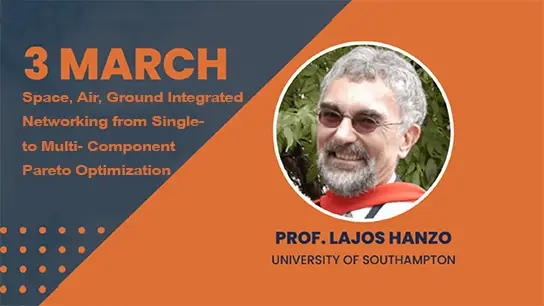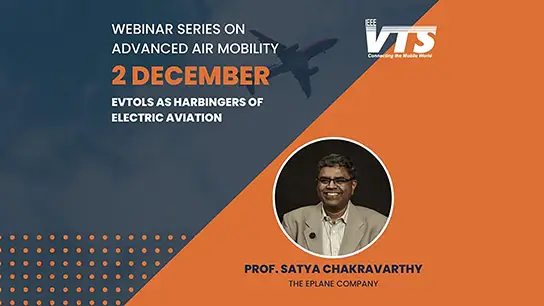-
Members: FreeVTS
IEEE Members: $11.00
Non-members: $15.00Length: 01:05:32
01 Sep 2022
Recently, reflecting intelligent surface (RIS) has been proposed as an innovative technology that can significantly improve the performance of wireless communication systems through the use of low-cost passive reflecting elements. There are two important issues to exploit the full benefit of RIS: 1) develop joint active beamforming (at the base station) and passive beamforming (at the RIS) techniques with high performance and low complexity, and 2) proper channel estimation techniques for RIS systems. Although effective in terms of performance, most of previous beamforming designs and channel estimation techniques for RIS systems have relied on complicated optimization methods, which are difficult to implement in practice. In this talk, I will first explain several practical channel estimation techniques with low training overhead for RIS systems. Then, I will explain low-complexity, non-iterative, and near-optimal RIS joint active and passive beamformer designs for both narrowband and wideband assuming full channel information. Lastly, I will introduce WiThRay, a versatile 3D wireless communication simulator based on ray-tracing developed by our lab, that can be used to evaluate different RIS techniques for various environments.


